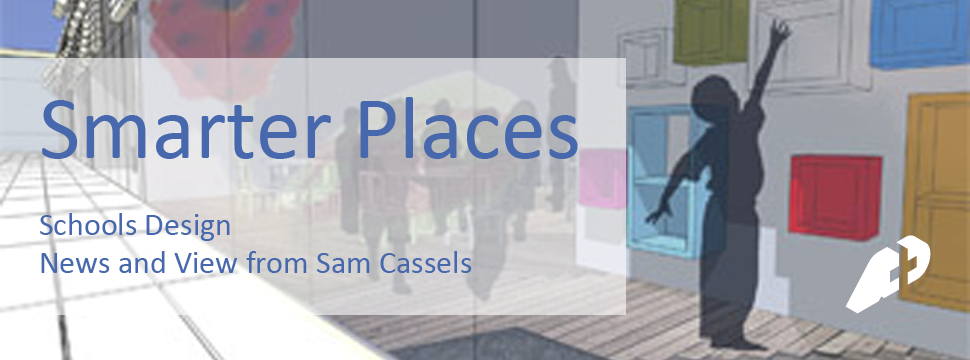Celebrating Design
The British Council for School Environments has shortlisted two Scottish schools in its ‘Inspiring Design for Schools’ category for 2009: Hazelwood School, Glasgow and Dalry Primary School, North Ayrshire. The BCSE identifies these schools as ‘a gold standard reference point’.
What does this mean? It means that Scotland is designing some great schools – by anybody’s standards. It means that the bar has already been raised for all of us: that we have internationally important buildings on our own doorstep. It means we should not be embarrassed to celebrate great architecture . . even when it’s our own.
The BCSE are conducting a ‘Great Enquiry’ about what makes great schools. What we do and how we do it is always a matter for debate. What is already clear however is the answer to the question who makes great schools. The only possible answer for all of us engaged in school design must be . . . we do.
Read more...



